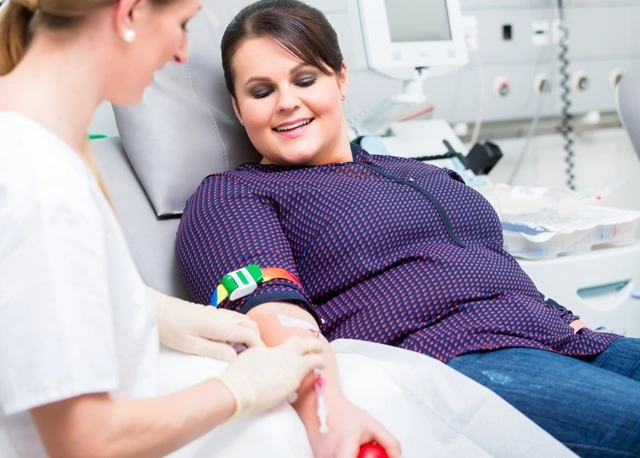
- Deutsch
- English
- 中文


Iron plays a vital role in many processes in the body. It is essential for the production of hemoglobin, the red blood pigment responsible for transporting oxygen to organs. Iron is also important for energy production.
Normally, the body maintains iron levels within a healthy range—typically around three to four grams. However, in certain conditions such as hemochromatosis, too much iron builds up in the body.
Unfortunately, the symptoms of iron overload are often vague and go unnoticed by those affected. Possible signs include:
If left untreated, excess iron can lead to serious organ damage—especially to the liver. The pancreas and heart are also negatively affected by high iron levels.
If iron overload is caused by hemochromatosis, a combination of erythropoietin therapy and erythrocytapheresis can help. Erythropoietin injections stimulate the production of red blood cells, which draw iron from overloaded storage sites in the body. This is followed by erythrocytapheresis—a procedure that selectively removes red, iron-rich blood cells. Iron levels often drop significantly after just two to three treatments.
Diet can also influence iron absorption. Drinking black tea or coffee can reduce iron uptake. On the other hand, vitamin C (e.g. from orange juice) should be avoided at least two hours before meals, as it enhances iron absorption. Alcohol also increases iron uptake and puts extra strain on the liver.
February 24, 2022